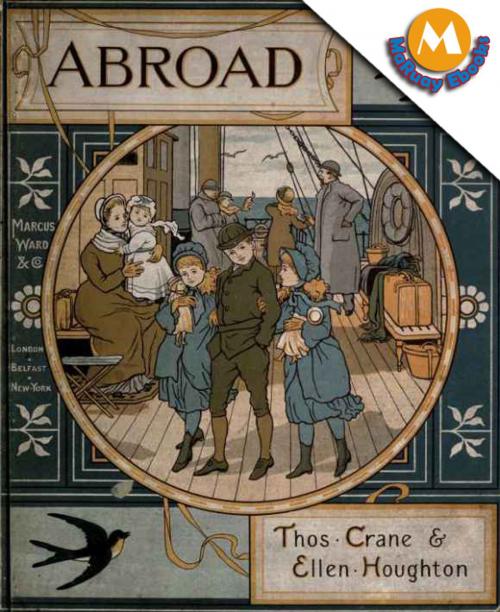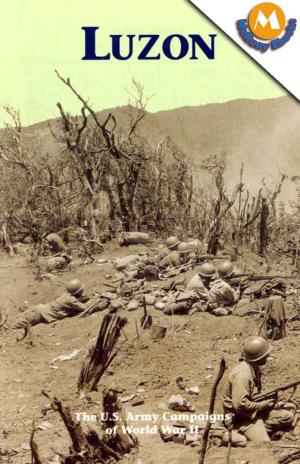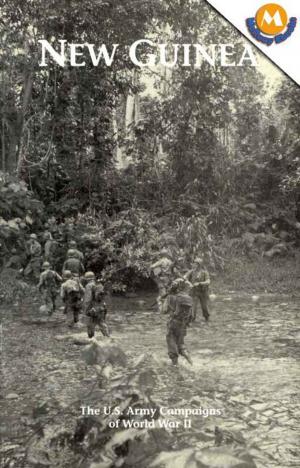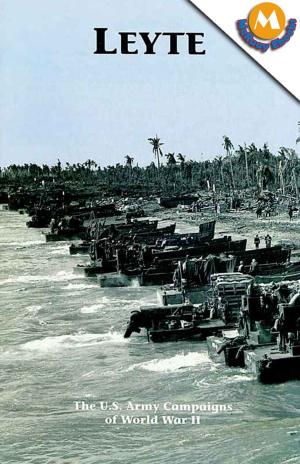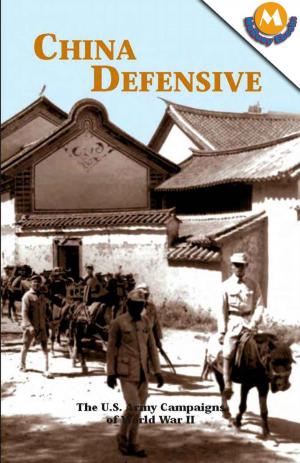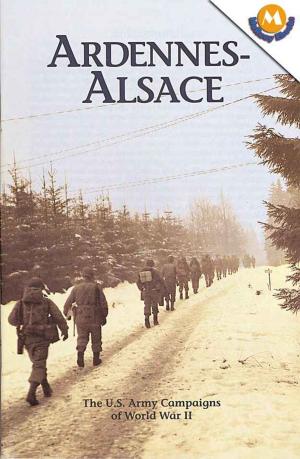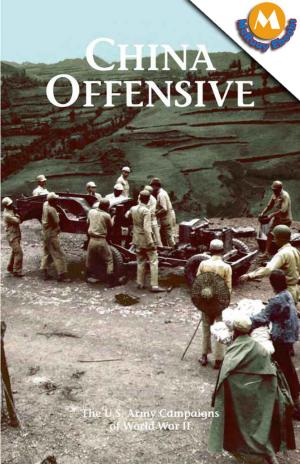| Author: | Crane, Thomas Houghton, Ellen Elizabeth | ISBN: | 1230000125580 |
| Publisher: | Maruay Ebooks | Publication: | April 8, 2013 |
| Imprint: | Language: | English |
| Author: | Crane, Thomas Houghton, Ellen Elizabeth |
| ISBN: | 1230000125580 |
| Publisher: | Maruay Ebooks |
| Publication: | April 8, 2013 |
| Imprint: | |
| Language: | English |
ABROAD
-This ebook Included TOC for Reader.
-This sample in this ebook ;
Following the successful Allied landings at Calabria, Taranto, and Salerno in early September 1943 and the unconditional surrender of Italy that same month, German forces had quickly disarmed their former allies and begun a slow, fighting withdrawal to the north. Defending two hastily prepared, fortified belts stretching from coast to coast, the Germans significantly slowed the Allied advance before settling into the Gustav Line, a third, more formidable and sophisticated defensive belt of interlocking positions on the high ground along the peninsula’s narrowest point. The Germans intended to fight for every portion of this line, set in the rugged Apennine Mountains overlooking scores of rain-soaked valleys, marshes, and rivers. The terrain favored the defense and, as elsewhere in Italy, was not conducive to armored warfare. Luftwaffe Field Marshal Albert Kesselring, whom Hitler had appointed as commander of all German forces in Italy on 6 November 1943, promised to hold the Gustav Line for at least six months. As long as the line was maintained it prevented the Fifth Army from advancing into the Liri valley, the most logical and direct route to the major Allied objective of Rome. The validity of Kesselring’s strategy was demonstrated repeatedly between October 1943 and January 1944 as the Allies launched numerous costly attacks against well-entrenched enemy forces.
ABROAD
-This ebook Included TOC for Reader.
-This sample in this ebook ;
Following the successful Allied landings at Calabria, Taranto, and Salerno in early September 1943 and the unconditional surrender of Italy that same month, German forces had quickly disarmed their former allies and begun a slow, fighting withdrawal to the north. Defending two hastily prepared, fortified belts stretching from coast to coast, the Germans significantly slowed the Allied advance before settling into the Gustav Line, a third, more formidable and sophisticated defensive belt of interlocking positions on the high ground along the peninsula’s narrowest point. The Germans intended to fight for every portion of this line, set in the rugged Apennine Mountains overlooking scores of rain-soaked valleys, marshes, and rivers. The terrain favored the defense and, as elsewhere in Italy, was not conducive to armored warfare. Luftwaffe Field Marshal Albert Kesselring, whom Hitler had appointed as commander of all German forces in Italy on 6 November 1943, promised to hold the Gustav Line for at least six months. As long as the line was maintained it prevented the Fifth Army from advancing into the Liri valley, the most logical and direct route to the major Allied objective of Rome. The validity of Kesselring’s strategy was demonstrated repeatedly between October 1943 and January 1944 as the Allies launched numerous costly attacks against well-entrenched enemy forces.
